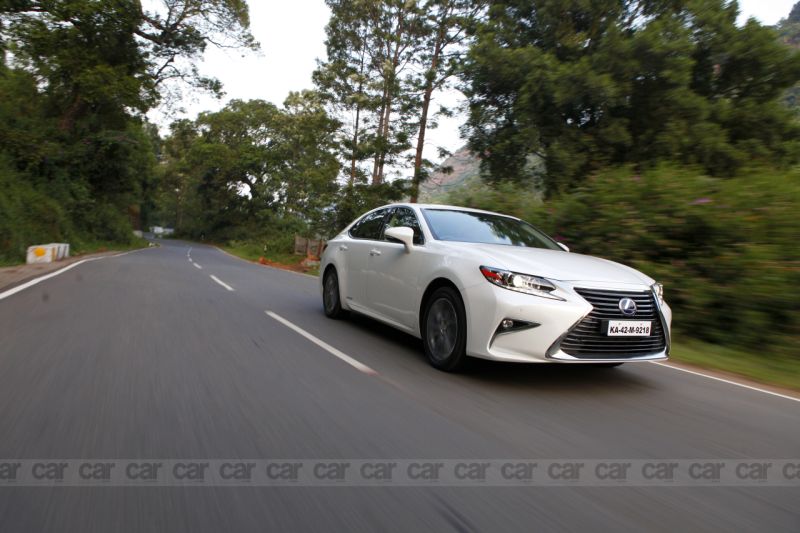
Lexus’ hybrid luxury sedan takes on bigwigs like the Audi A6, BMW 5 Series and Mercedes-Benz E-Class. But is India willing to shell out for the green revolution?
At Rs 59.46 lakh (ex-showroom, Delhi), the ES 300h is the least expensive way to own the Lexus badge in India. Apart from top-class quality, great attention to detail, and Japanese reliability, it comes armed with hybrid technology which none of its competitors, including the Audi A6, BMW 5 Series and Mercedes-Benz E-Class, offers.
Like the entire Lexus range, the front design is anything but understated. It’s a bold design with a massive spindle grille up front, true to the Lexus family design. The sleek LED headlamps with arrow-shaped daytime running LEDs along with similarly designed LED fog-lamps complete the aggressive front design.
The side profile is comparatively understated with just a few basic character lines and a set of good-looking 17-inch alloy wheels. The shape of the LED tail-lights and character lines on the boot-lid also carry the spindle design. Finally, the blue Lexus logo on the boot hints at the clean intentions of the hybrid car.
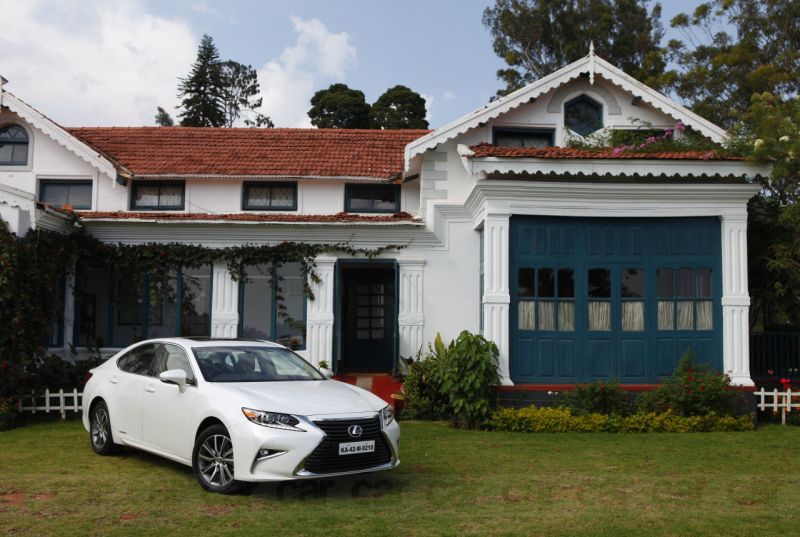
Although it shares some parts with the Toyota Camry, the ES is a very different car if you put both the cars next to each other. Even their profiles don’t match; so it’s not right to write them off simply as badge-engineering. The ES is longer by 65 millimetres and its wheelbase has been further stretched by 45 mm. The sloping roof-line of the Lexus makes it about 30 mm lower than the Camry. Besides, the craftsmanship and attention to detail are far superior as the Lexus feels more solidly built.
To give you an example, Lexus uses a special painting method to give that extra gloss. It’s so clear and mirror-like that the paint reflects the seconds’ needle of a watch if brought close to the car. Another example of the focus on smaller details is the way the windows roll up and gradually ease in towards the end without the thud experienced in ordinary cars. As they say, God is in the finer details.
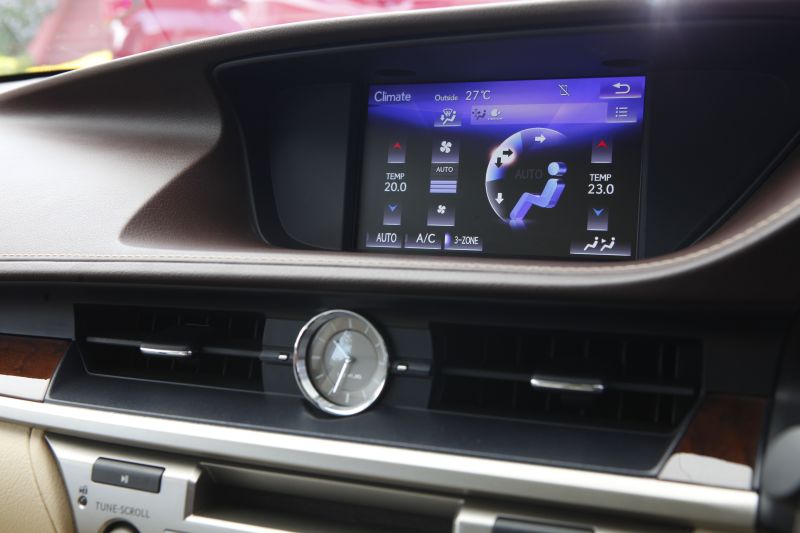
Slide into the well-contoured driver’s seat and you are engulfed by the usual Lexus plushness. The ergonomics are spot-on and most of the buttons in the centre console are well within reach. Practically everything that you touch is covered in fine and soft leather. The few visible plastic parts feel premium and built to last. The analogue clock on the dashboard completes the visual appeal of the cabin.
If I had to nit-pick then I would mention that, maybe, the centre console could do with fewer buttons and some of the dials, like the one to select driving modes could have felt more solid. Also, why is the light/indicator stalk on the left? Lastly, there are just too many colours used in the cabin for my liking. However, there are plenty of customisation options on offer to fine-tune the cabin to one’s desire.
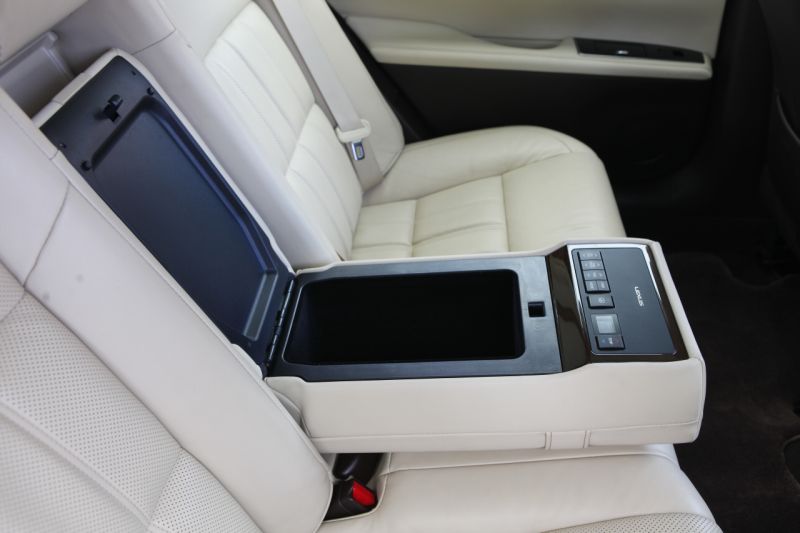
There’s more than adequate space in the cabin and it can fit four adults in extreme comfort. The middle seat on the rear has a smaller base and even the arm-rest protrudes. For a person of average build, the headroom is just about right, but taller individuals may find the coupé-ish roof-line a bit short on space. The seats are quite supportive, offer good comfort and are well-inclined. However, unlike in the Camry, the back-rest of the rear seats is not adjustable.
The driver’s information cluster is large and easy on the eye and comes with a digital MID. It also gets three-zone climate control, including a negative ion generator which improves cabin freshness and neutralises any odour. There’s a sunroof, electric rear blinds along with manual window and quarter window blinds and ventilated front seats. The Lexus’ 425 litres of luggage space is most impressive, keeping in mind the fact that the hybrid has a large battery packed underneath and also a full-size spare wheel which does not hamper the space.
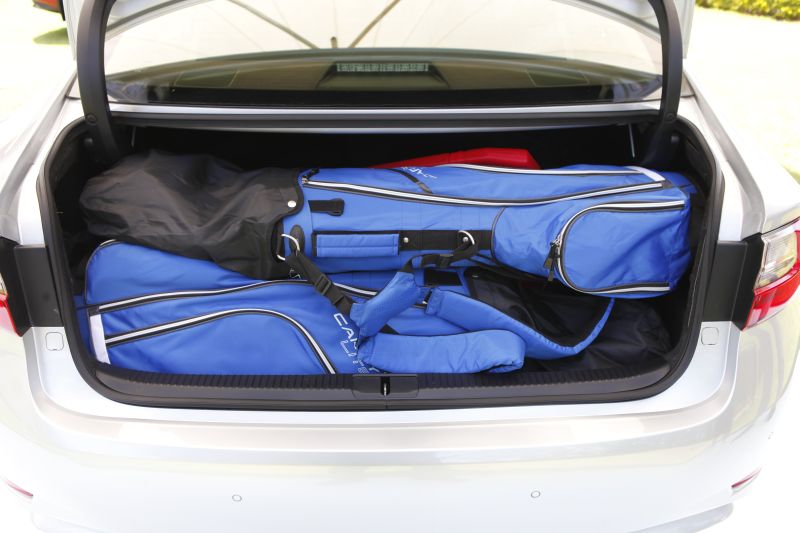
Unlike the RX crossover, the ES sedan doesn’t come with a touchscreen. It gets a basic seven-inch display which is paired with a unique joystick dial to toggle through the simple menu. It takes a while, but it’s not difficult to get used to this setup. The highlight remains the soul-elevating Mark Levinson music system, which has brilliant sound quality.
Although the exterior design and cabin quality are very different from the Camry’s, when it comes to powertrain and performance, the ES feels very similar to the Toyota. It gets the 2.5-litre petrol engine in combination with an electric motor which work together to make 205 PS and 213 Nm. It starts the on electric mode and as the ES gains speed, the combustion engine fires up with a faint purr. The cabin is beautifully insulated and there’s hardly any noise that filters through.




















Leave a Reply